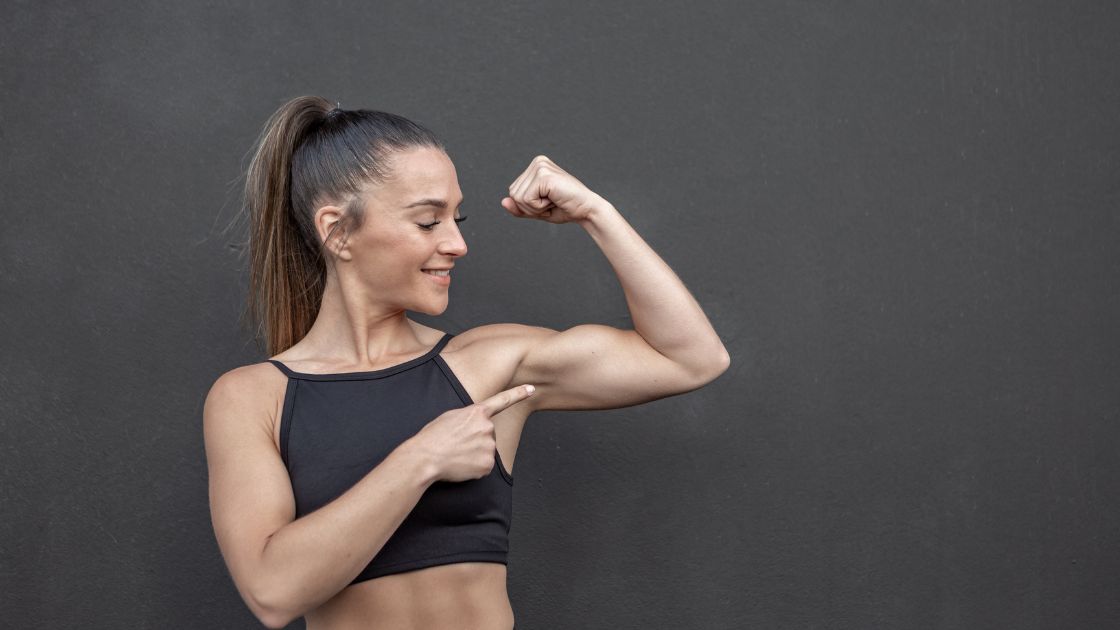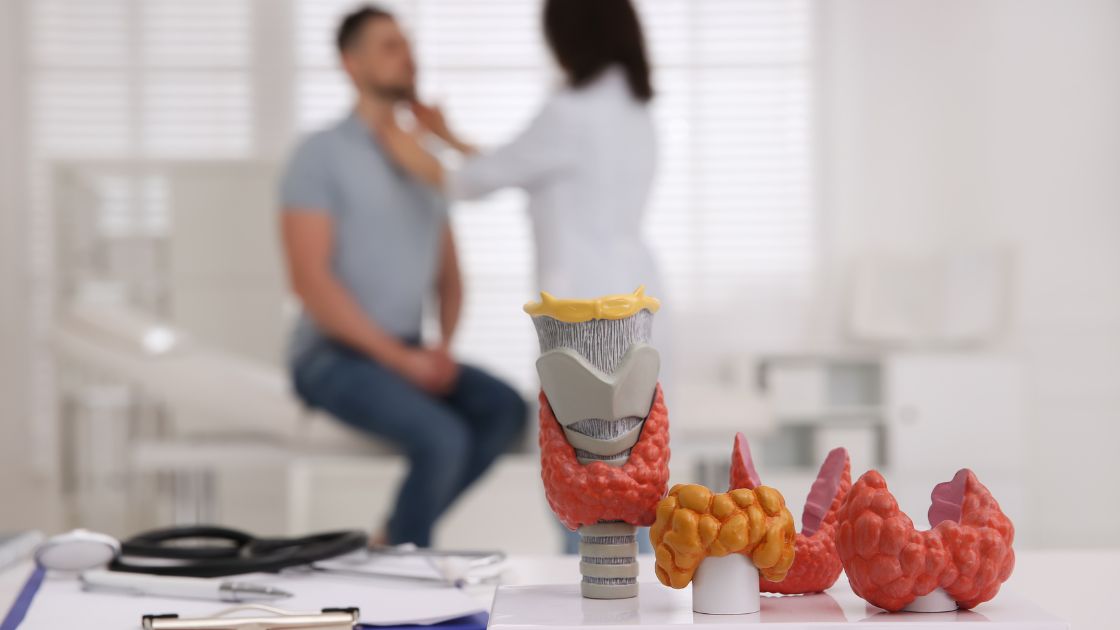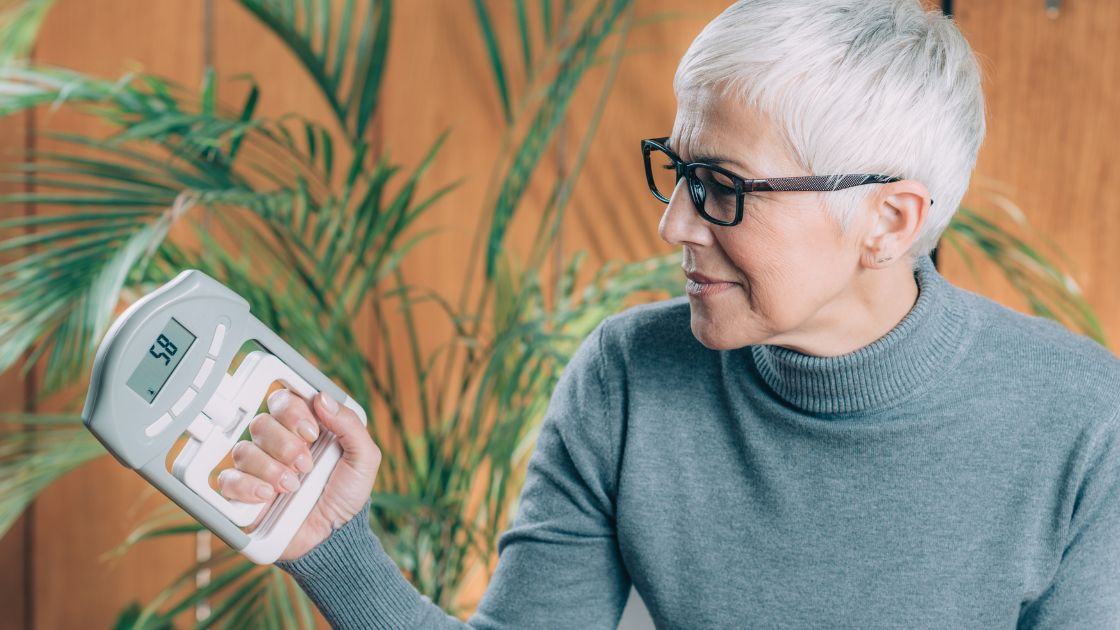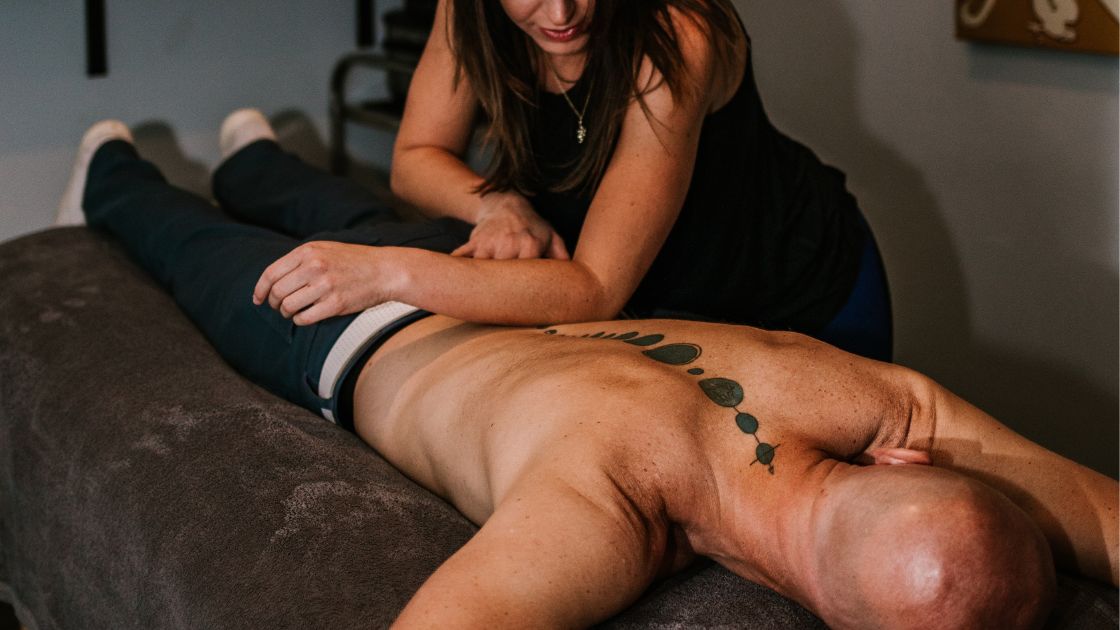Massage 101: Common Questions About Massage

Sometimes as a massage therapist, I can get in a routine with my regular clients, taking for granted the number of people who have never had a massage before. I might forget to explain a thing or two when it’s your first visit, assuming that we’re on the same page. I forget that you might have questions about massage. And it can be intimidating to ask about whether you should wear underwear, about fears you may have about the draping process, or about the amount of pressure you want.
Although I’m writing this article to specifically address these common queries, I want to emphasize the importance of talking with your therapist. This is your massage, your money, and your time. So let me empower you to ask as many questions as you need in order to feel comfortable.
I’m going to address 3 common concerns and questions about massage that I receive from new clients and 2 hacks to help you get the most out of your experience.
The 3 Most Common Questions About Massage Are:
- How much clothing should I keep on?
- Will I ever be exposed during the massage?
- What should I do if it hurts?
How Much Clothing Should I Keep On?
This is mostly a matter of comfort for you as the client. If you feel unsafe removing your undergarments for a massage, then it is absolutely your right to keep them on. Don’t feel that you have to take them off if you really feel uncomfortable doing so. That being said, many people with low back, hip, or leg pain will want and need extra attention on their glutes. If any of these will be a focus area for you, your therapist will be able to target more thoroughly and specifically all the potential culprits if no undergarments are in the way. In the end, it’s up to you, but if you are comfortable doing so, I generally recommend removing undergarments for a more thorough massage.
Will I Ever Be Exposed During the Massage?
This brings us to the second topic: draping. Some people never come in for a massage because of fears about draping. The simple answer to this question is: NO, you will never be exposed. All massage therapists adhere to basic universal draping standards, ensuring that all parts of the client not being specifically worked on at that moment are covered. In school they liked to call it “intentional draping.” This is a very serious matter and every massage therapist sees it as such.
What Should I Do If It Hurts During the Massage?
You should always always always say something. If you’re experiencing serious discomfort, sharp pain, or anything abnormal tell your therapist. You won’t hurt their feelings; most likely they will be grateful to you for being honest with them. If you’re feeling what I like to call a “hurts so good” that’s fine and very normal, but anything beyond your tolerance or comfort level is too much for your body and it is letting you know through pain.
Other Questions About Massage and Hacks to Get You Started:
The final two hacks I want to share with you are simple yet substantial:
- Hydrate
- Let go
Hydrate
It is important to properly hydrate yourself leading up to a massage. This helps moisturize your skin from the inside, cushion your joints, and provide the fluid for healthy blood flow. Also, don’t forget to hydrate after a massage as well, often with more water than usual. When I forget to drink water after a massage, I almost always get a headache, so learn from my mistake and drink up!
Let Go
One of the hardest lessons to learn is that of letting go but becoming a regular massage recipient is a great way to learn. When your therapist is moving your head, rotating your shoulder, or lifting your leg you may be tempted to help out. But your only job during this hour or hour and a half is to breathe and allow your body to sink into the table. It’s actually easier as a therapist to implement our cool moves without assistance; often we are passively mobilizing a joint, getting a better angle, or putting muscles in a shortened or lengthened position for maximum results. It can be hard to do these things when the client is anticipating or clenching. There are exceptions when we’ll ask you to engage certain muscles, but until then breathe deeply and just let it go.
Written by: Emily Arnold, LMT





